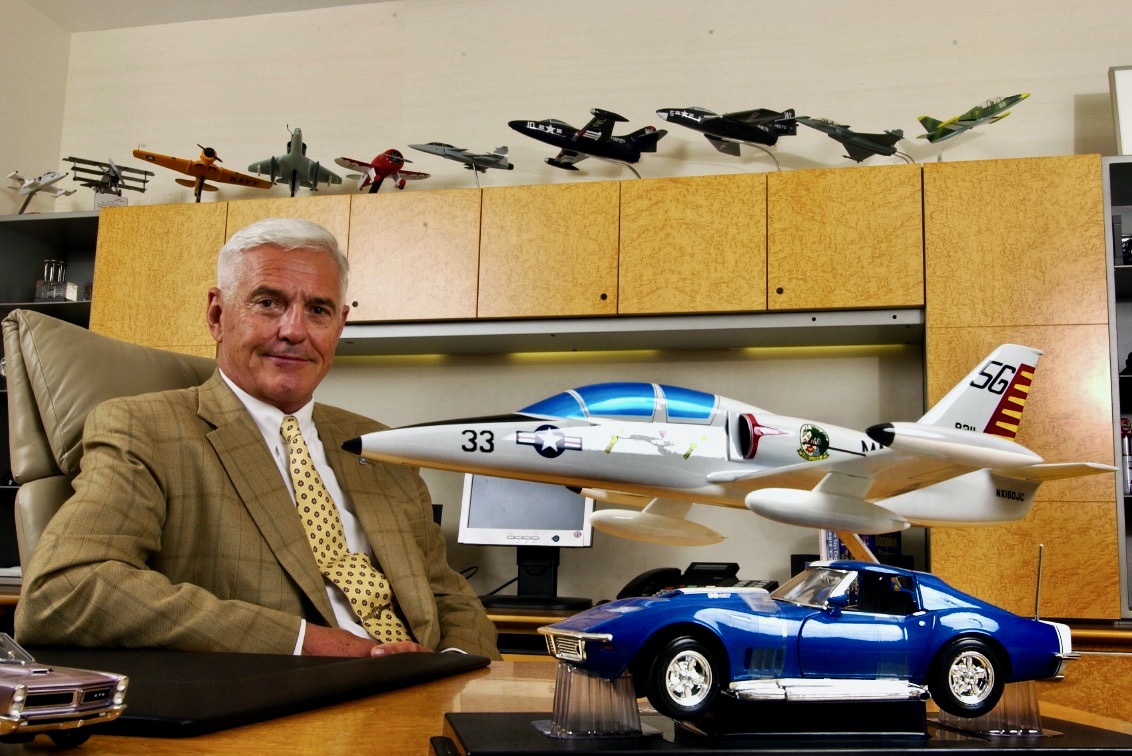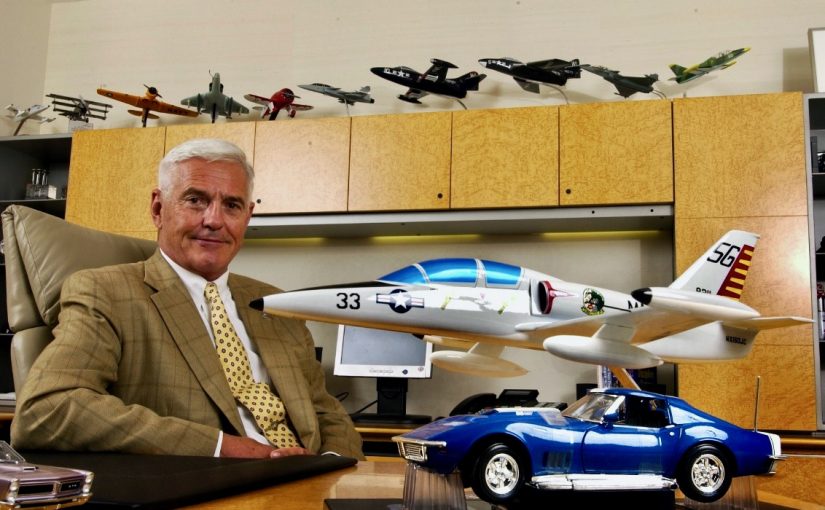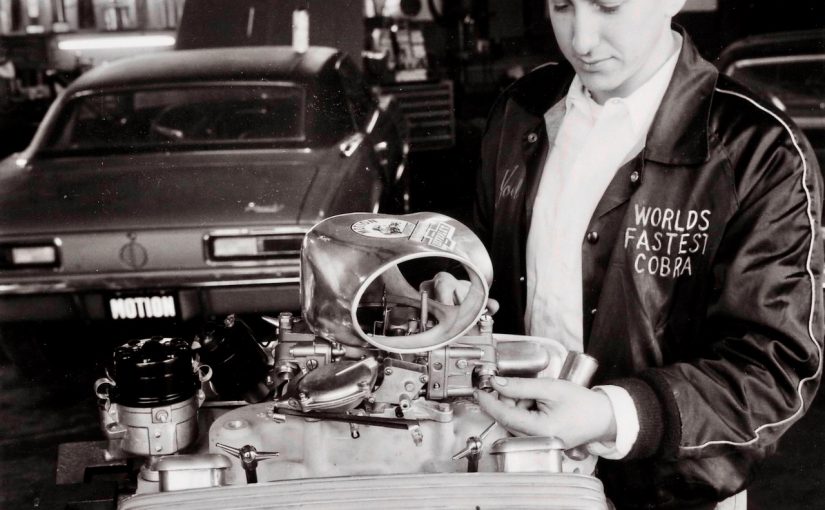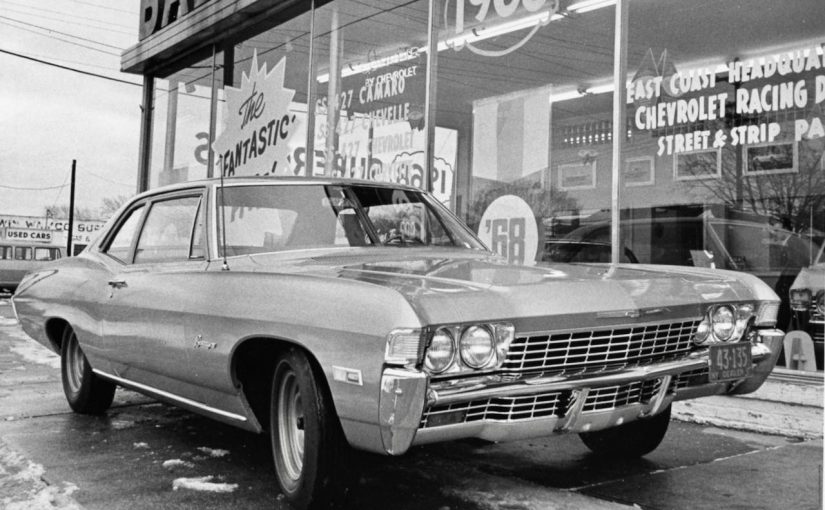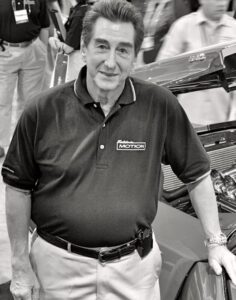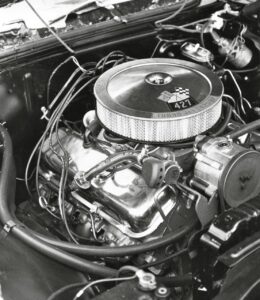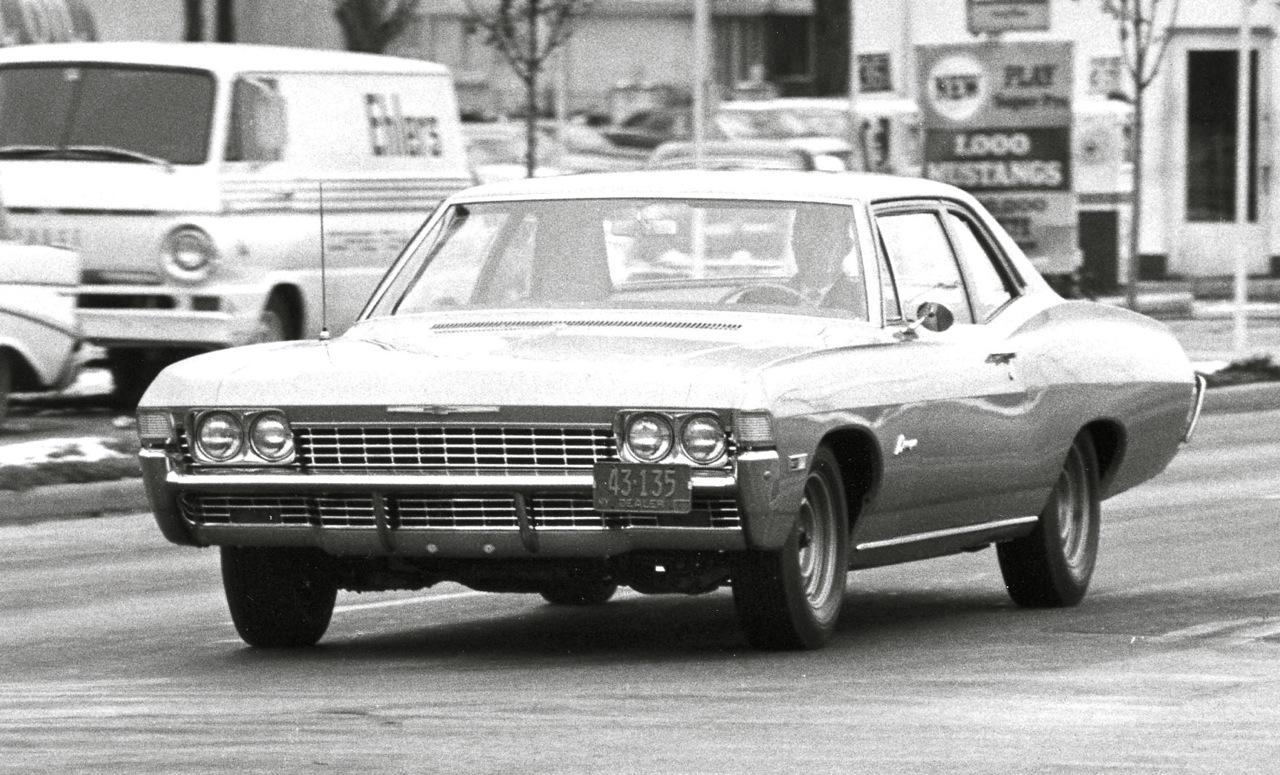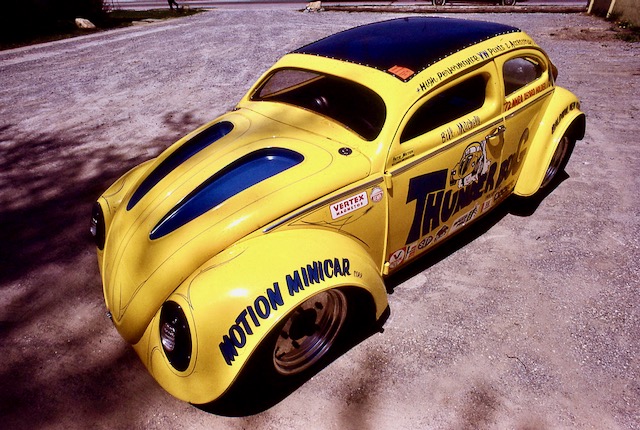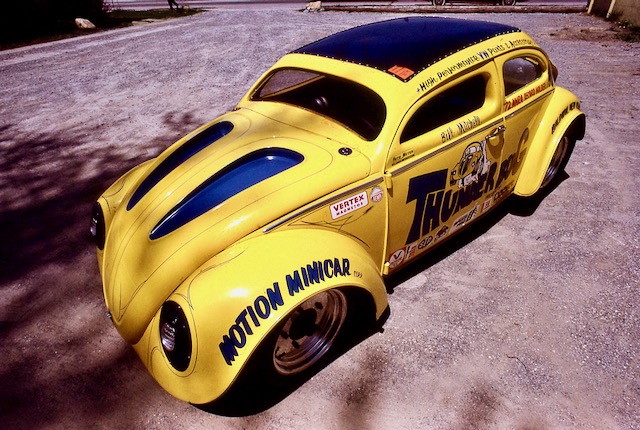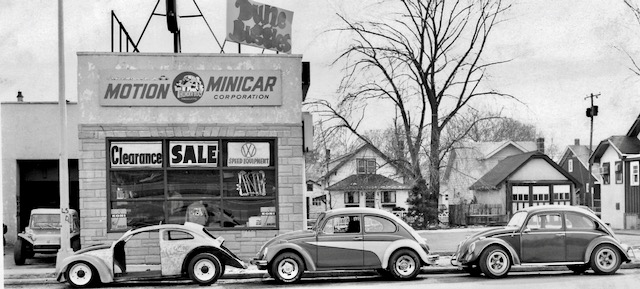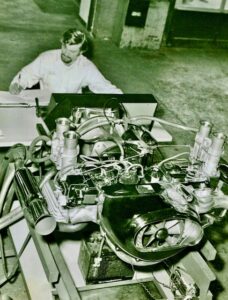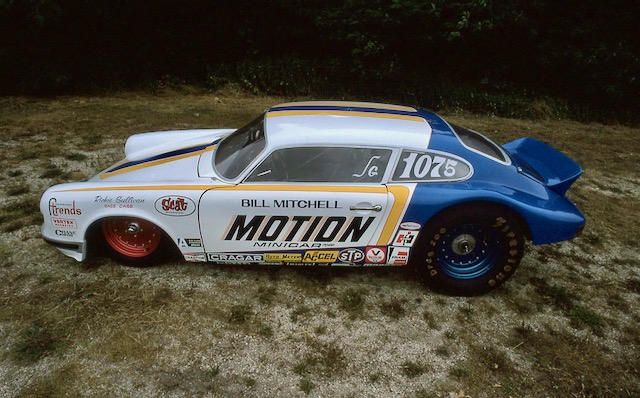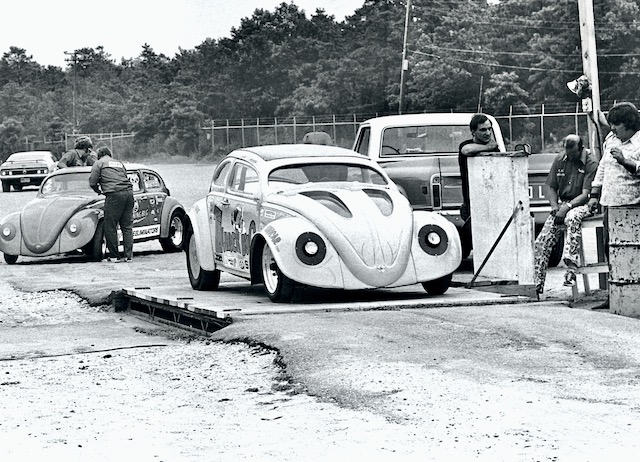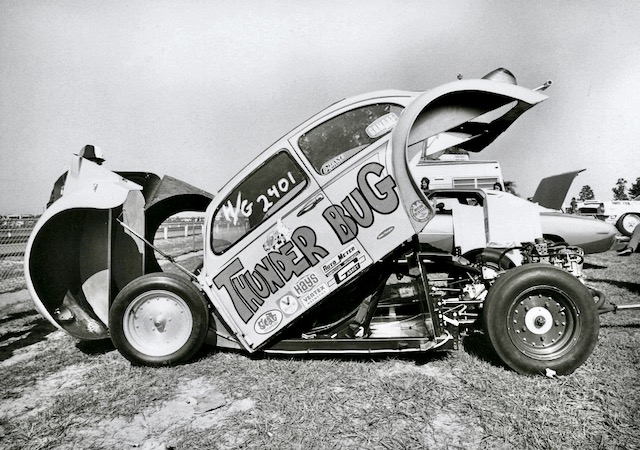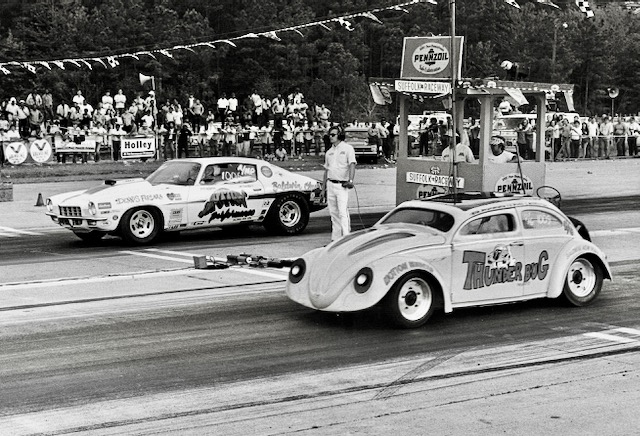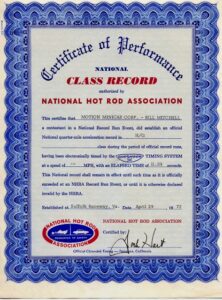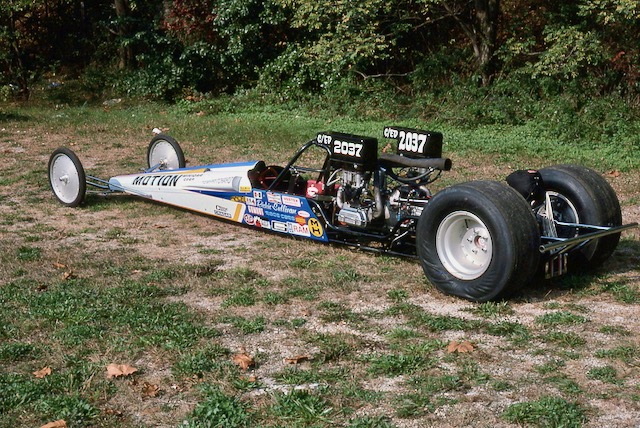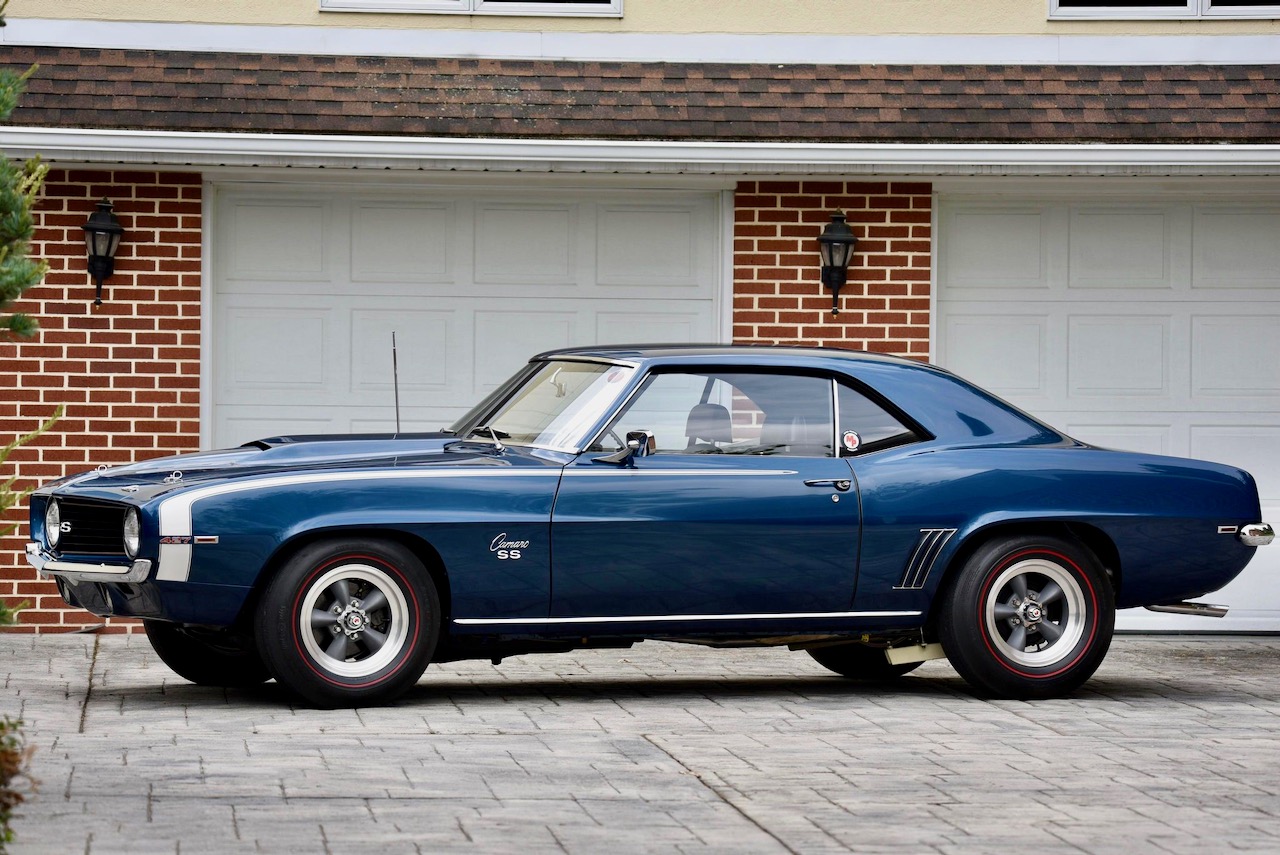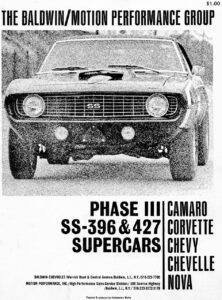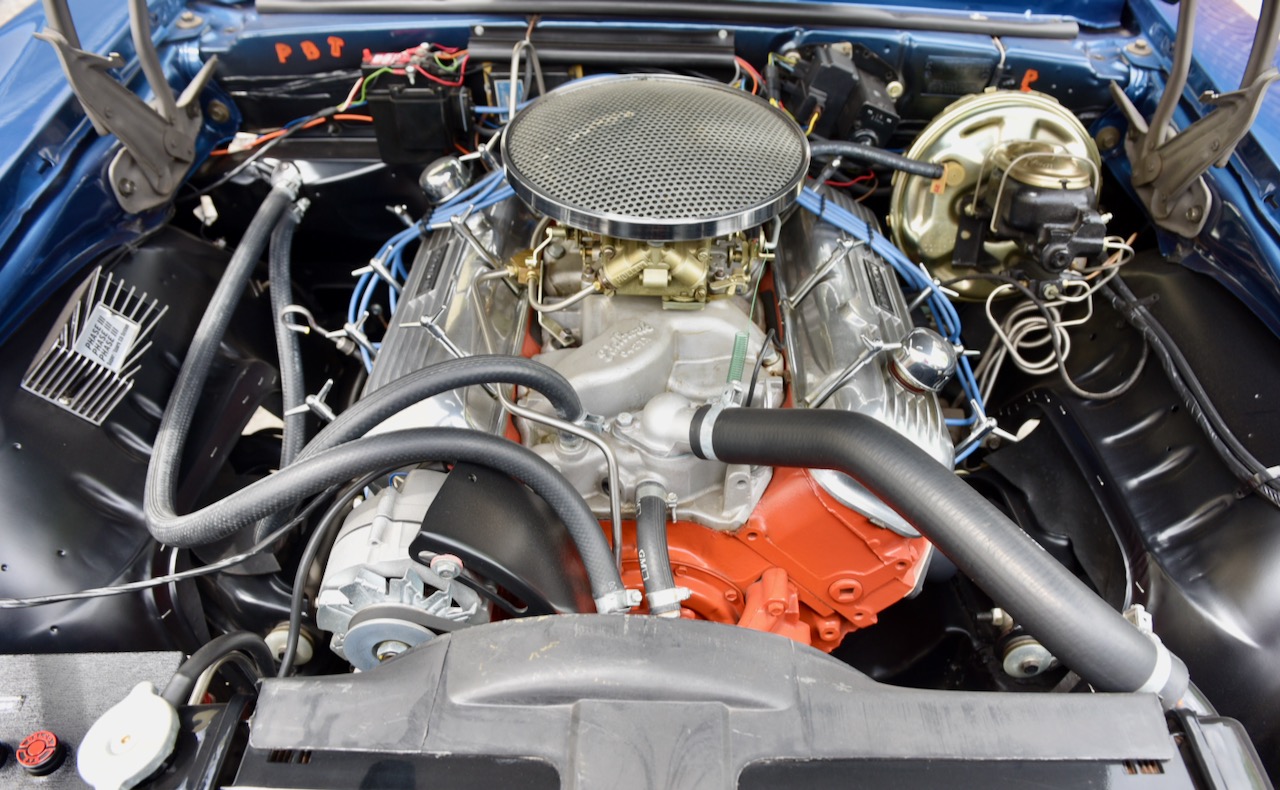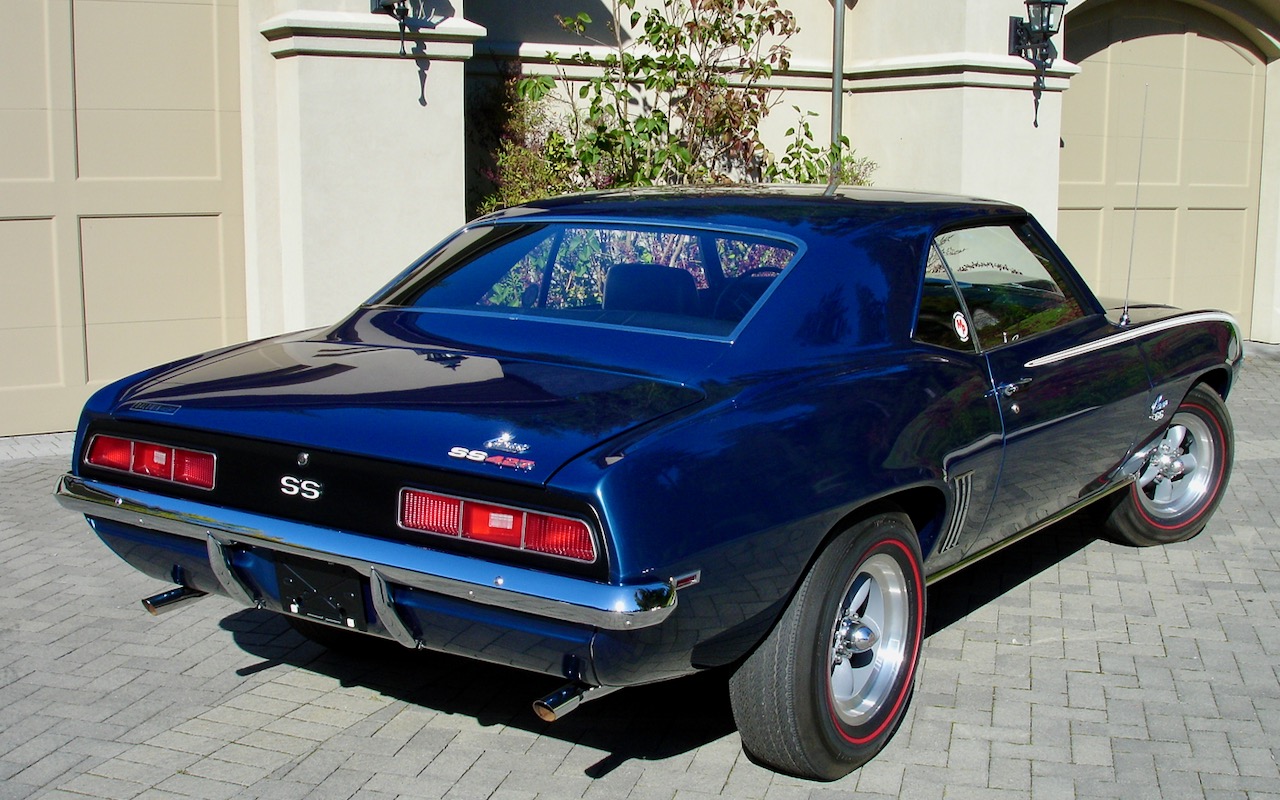Legendary builder of Baldwin-Motion Supercars and national record setting A & B/Modified big-block Camaros and Shelby Cobras – JOEL ROSEN, AKA MR. MOTION – has passed away.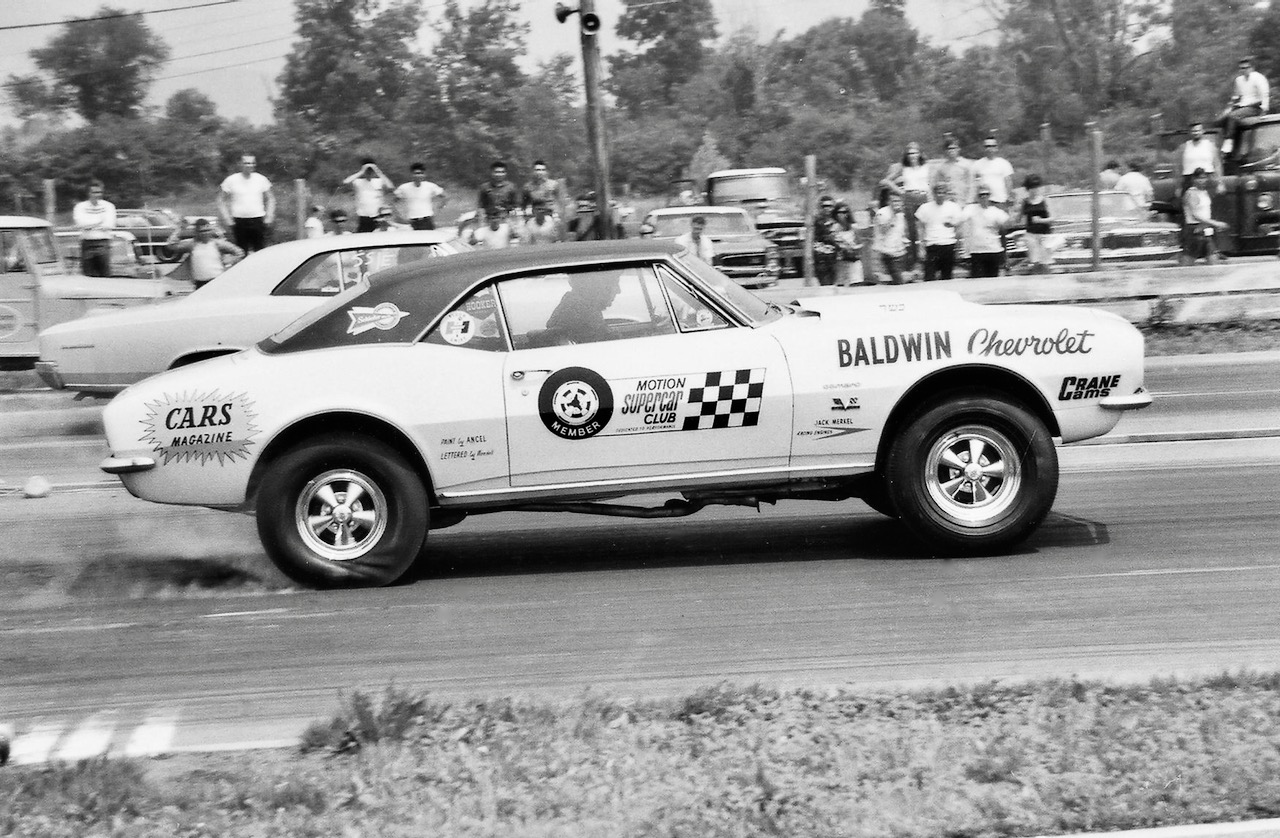

Joel “Mr. Motion” Rosen, Delray Beach, Florida, passed away peacefully surrounded by his family on October 9th, 2023, after battling bladder cancer for more than a year. He was just two weeks shy of his 84th birthday, and had been admitted to Hospice Care on September 30th.
Born in Brooklyn, New York in 1939, he graduated from James Madison High School at age 16 and attended Brooklyn College, majoring in Engineering. Frustrated by the lack of hands-on experience available, he left after two years and joined the Air Force.
It was at the Reciprocating Engine Mechanics School at Shepherd Air Force Base in Texas where Rosen honed his skills as an engine tuner, diagnostician and builder. He also led the the General’s Drill Team while at Shepherd AFB.
Driven by a competitive spirit and an endless passion for fast cars and racing, in 1963 JOEL ROSEN, AKA MR. MOTION opened a small speed shop – Motion Performance – in Brooklyn specializing in performance modifications and racecar preparation. It was one of the only shops of its kind in the New York City area to have a Clayton chassis dynamometer and offer high-tech tuning.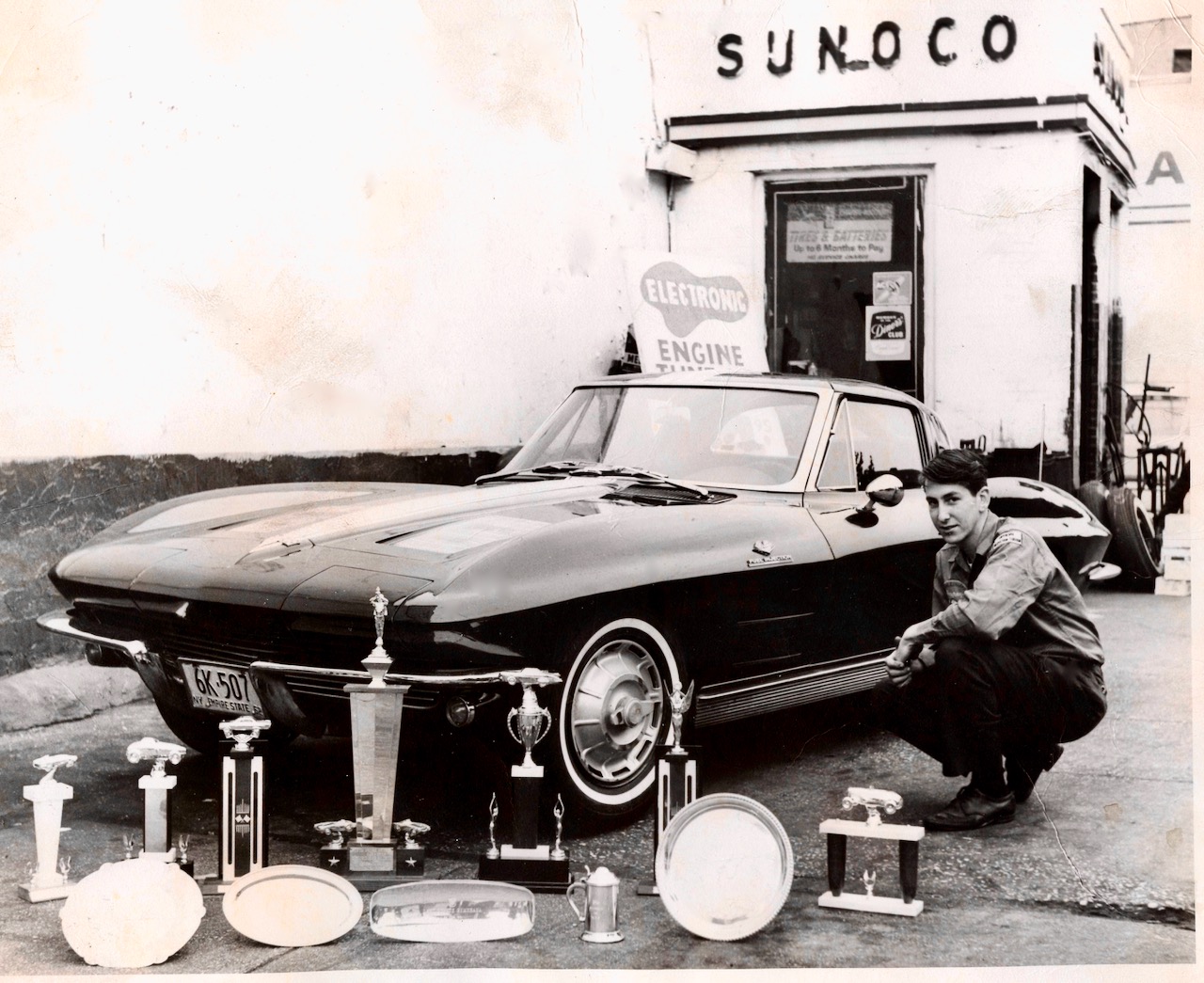 Approximately three years later he and his wife, Judith, relocated Motion Performance to a considerably larger facility on Sunrise Highway in Baldwin, Long Island, where it was operational into the 1990s. Shortly after opening Motion, Rosen purchased the first fuel-injected ’63 Corvette split-window coupe sold in the New York City Metro area! Nicknamed the Skunk because of its Daytona Blue paint with a bold single white racing stripe, it was prepped for competition, and raced by both by Joel and Judith Rosen as well as being driven daily. The Rosens drag raced and soloed the Skunk, finishing the 1963 SSSC & BDS (South Shore Sports Car & Beer Drinking Society) gymkhana season with “Overall Champion” honors. The Sting Ray was also a local drag racing champion.
Approximately three years later he and his wife, Judith, relocated Motion Performance to a considerably larger facility on Sunrise Highway in Baldwin, Long Island, where it was operational into the 1990s. Shortly after opening Motion, Rosen purchased the first fuel-injected ’63 Corvette split-window coupe sold in the New York City Metro area! Nicknamed the Skunk because of its Daytona Blue paint with a bold single white racing stripe, it was prepped for competition, and raced by both by Joel and Judith Rosen as well as being driven daily. The Rosens drag raced and soloed the Skunk, finishing the 1963 SSSC & BDS (South Shore Sports Car & Beer Drinking Society) gymkhana season with “Overall Champion” honors. The Sting Ray was also a local drag racing champion.
“Each Wednesday evening, we ran at Roosevelt Raceway (eighth-mile drags), Fridays it was Islip (eighth-mile drags) and Saturdays it was Westhampton (quarter-mile drags). Sundays were reserved for road racing and solo gymkhana events,” said Rosen in a magazine interview. “One Wednesday night I won Stock Eliminator at Roosevelt, blowing the doors off the undefeated local champ, Gary Stowe, in his 409 Impala. I also unseated the reigning Islip champ (modified 409/425 Chevy) the first time out. Judith and I raced the Skunk between four and five times a week.”
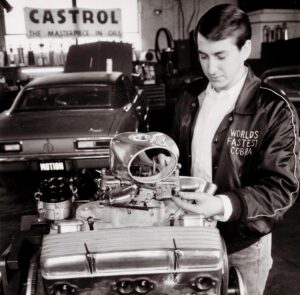
The Rosens’ dyno-tuned, Atlas-Bucron-shod street-driven split-window Fuelie coupe became the car to beat at Roosevelt in 1963. It also was a consistent Street Eliminator winner at Islip. That year Mr. & Mrs. Motion won the LISCA (Long Island Sports Car Association) Championship, and filled one room in their home with more than 100 trophies and awards! In addition to Judith racing alongside her husband, in the early years she helped build the speed shop business by working behind the counter, helping customers and selling speed equipment.
 During 1965 and 1966 Joel Rosen campaigned not one but two national record-holding Cobras – the small-block MOTION Cobra and Clem Hoppe’s big-block King Cobra. While he did have help from Shelby-American’s Don McCain in converting his street 289 into a Motion Dragonsnake, Rosen prepared and campaigned the 427 Cobra without any outside support. After wrecking his 289 Cobra, he continued tuning and racing Hoppe’s Ridgefield, NJ-based King Cobra. However, the small-block Motion Cobra originally owned by high profile disc jockey, Bob Dayton known on-air as “Bobby Dee” is the one that started it all. Both Cobras were built and driven by Rosen, and set track, NASCAR and NHRA National records. Irwin Kroiz is the current caretaker of the King Cobra.
During 1965 and 1966 Joel Rosen campaigned not one but two national record-holding Cobras – the small-block MOTION Cobra and Clem Hoppe’s big-block King Cobra. While he did have help from Shelby-American’s Don McCain in converting his street 289 into a Motion Dragonsnake, Rosen prepared and campaigned the 427 Cobra without any outside support. After wrecking his 289 Cobra, he continued tuning and racing Hoppe’s Ridgefield, NJ-based King Cobra. However, the small-block Motion Cobra originally owned by high profile disc jockey, Bob Dayton known on-air as “Bobby Dee” is the one that started it all. Both Cobras were built and driven by Rosen, and set track, NASCAR and NHRA National records. Irwin Kroiz is the current caretaker of the King Cobra.

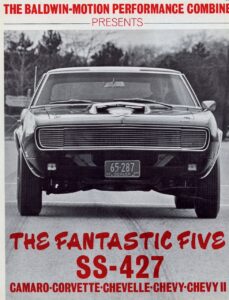
In 1967, JOEL ROSEN, AKA MR. MOTION and friend and editor of HI-PERFORMANCE CARS magazine, Marty Schorr, co-founded the Baldwin-Motion brand which grew to become one of the most successful builders and marketers of limited-production brand new Chevrolet Supercars. Rosen was one of the early (drag racing) adopters of Chevrolet’s big-block L88 road racing engine, fitting it into the first Baldwin-Motion 427 Camaro racecar, sponsored by Hi-PERFORMANCE CARS. The second application was the iconic KO-MOTION I967 Corvette. The L88 engine was available on any Baldwin-Motion Chevy. Baldwin-Motion offered the most performance and custom options of any Chevrolet or Ford specialty car builder, including Shelby-American!

Mr. Motion – the dyno-tuning speed merchant from Brooklyn – turned 427 & 454 engine swaps into an empire, building ultimate performance Chevrolets, many being exported to Canada, the Middle East, England, Norway and Germany. Joel Rosen’s story and the history of Motion and Baldwin-Motion are the subjects of a book, MOTION Performance Tales Of A Muscle Car Builder by Martyn L. Schorr, winner of the 2010 International Automotive Media Silver Award. It’s available on Amazon @ https://www.amazon.com/Motion-Performance-Tales-Muscle-Builder/dp/0760355606/ref=sr_1_1?s=books&ie=UTF8&qid=1493151743&sr=1-1&keywords=MOTION Performance, Tales of a muscle car builder
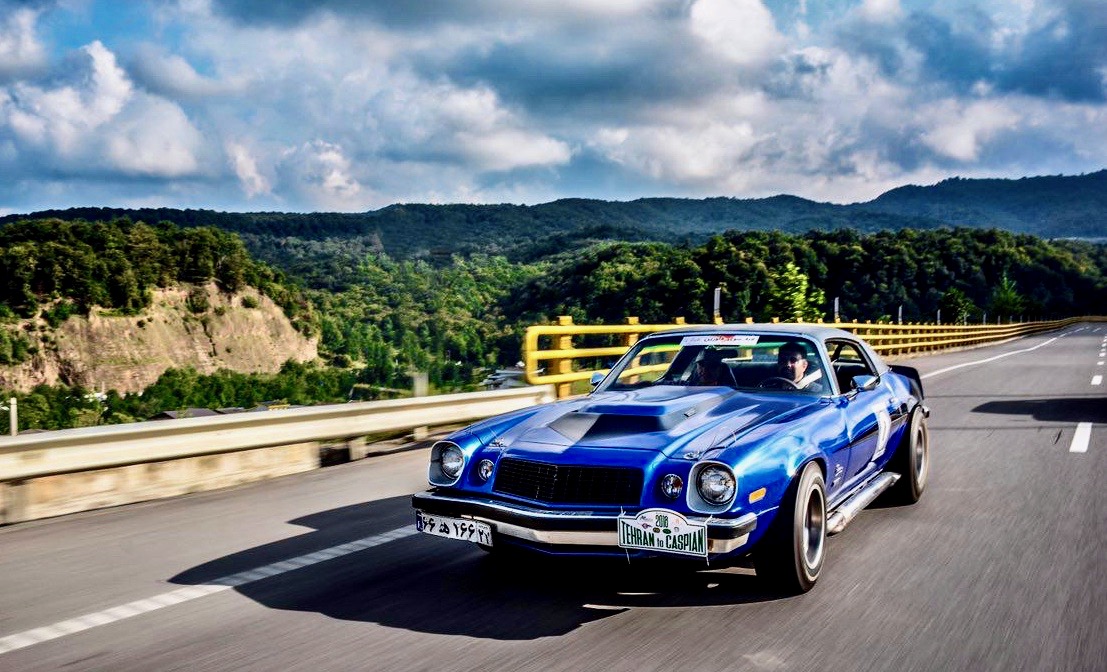

When Baldwin-Motion started producing serious high-performance Corvette Stingrays in 1968, Rosen was befriended by the Corvette’s Godfather, Zora Arkus-Duntov. He later introduced Joel to Chevrolet’s head performance guy, Vince Piggins, a close personal friend of road racer Don Yenko who was also building 427 Camaros. Over the years, JOEL ROSEN, AKA MR. MOTION founded a number of companies, adding Motion Minicar (with Bill Mitchell and Marty Schorr), Phase III Publishing (with Marty Schorr), Motion Marine and Motion Realty to the Motion portfolio.
While best known for his signature Baldwin-Motion and Motion branded Chevrolet Supercars and AHRA-NHRA National Record holding A & B/Modified Production Gen 1 & Gen 2 Camaros, L88 Corvette, small & big-block Shelby Cobra racecars and Motion Minicar’s H/Gas Thunderbug, Joel Rosen’s passions also included a love of animals and marine life. He was an accomplished diver, underwater photographer, and during the 1980s was the largest breeder of rare boas and pythons in the U.S. He was an expert on breeding ultra-rare snakes, including the Australian black-headed Python, and often consulted for zoos here and abroad.

Fascinated by 18th and 19th century life in Japan, his years of studying Japanese culture led to him and Judith amassing the largest collection of rare vintage Ningyo dolls outside of Japan. Many of their dolls have been showcased in museums and shows in the U.S., and featured in prestigious books. Joel Rosen was considered an expert in the field.
Many years had passed since Motion and Baldwin-Motion’s glory days, but in 2005 Joel Rosen partnered with Joel Ehrenpreis and Larry Jaworske to bring the brands back to life. Marty Schorr was brought in to handle public relations, marketing communications and advertising. Rosen, center, and Larry Jaworske, right were the guiding forces behind MOTION, LLC’s 540 Camaro SuperCoupe and the new generation, limited-edition 1969 Baldwin-Motion SS-427 and Phase III big-block Camaros.
Rosen, center, and Larry Jaworske, right were the guiding forces behind MOTION, LLC’s 540 Camaro SuperCoupe and the new generation, limited-edition 1969 Baldwin-Motion SS-427 and Phase III big-block Camaros.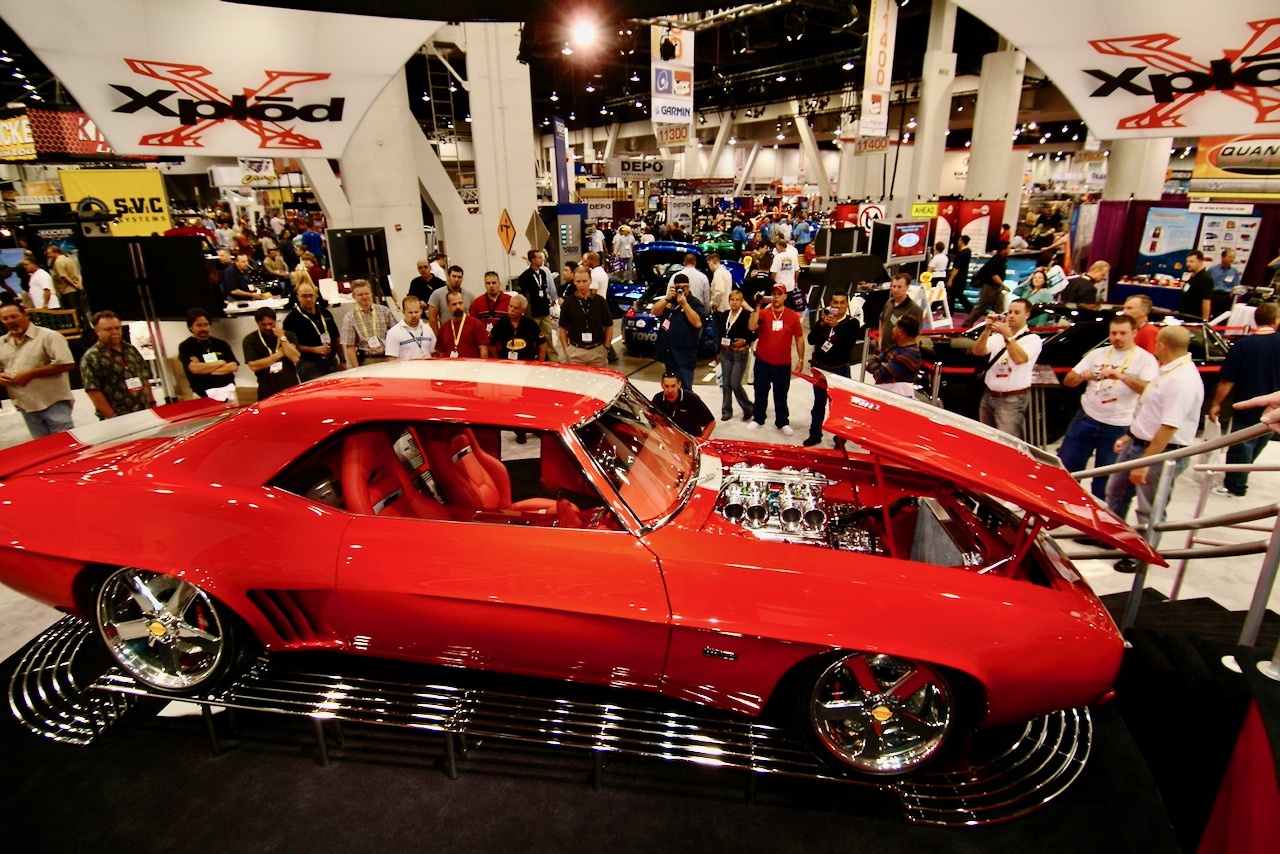 The new 540 SuperCoupe, launched at the 2005 SEMA Show where it won GM’s Best Design Award, represents a quantum leap beyond anything previously badged Baldwin-Motion. An article in the April 2006 issue of MUSCLECAR ENTHUSIAST referred to the SuperCoupe as “America’s Greatest Supercar.”
The new 540 SuperCoupe, launched at the 2005 SEMA Show where it won GM’s Best Design Award, represents a quantum leap beyond anything previously badged Baldwin-Motion. An article in the April 2006 issue of MUSCLECAR ENTHUSIAST referred to the SuperCoupe as “America’s Greatest Supercar.”
The SuperCoupe, purchased at the 2006 Barrett-Jackson Scottsdale auction by mega-collector Ron Pratte for $486,000 (including buyer’s premium) further validated the revival and value of the Motion and Baldwin-Motion brands. It paved the way for the second stage of the iconic brands: A limited build of 1969 SS-427 and Phase III Baldwin-Motion Camaros announced in March 2006. Total production of new Baldwin-Motion Chevys was capped at just 12 vehicles.
When the Gen V Camaro was introduced, Joel Rosen partnered with Howard Tanner at Redline Motorsports and Dan Carlton at DeNooyer Chevrolet to produce a new series of 2011 SS and Phase III Camaros with 427 and 454 engines rated at 525 to 800 horsepower. Just a few were built, with Rosen taking delivery of the first, a Phase III 427-SC powered by a serious 800 horsepower supercharged 454 big-block.
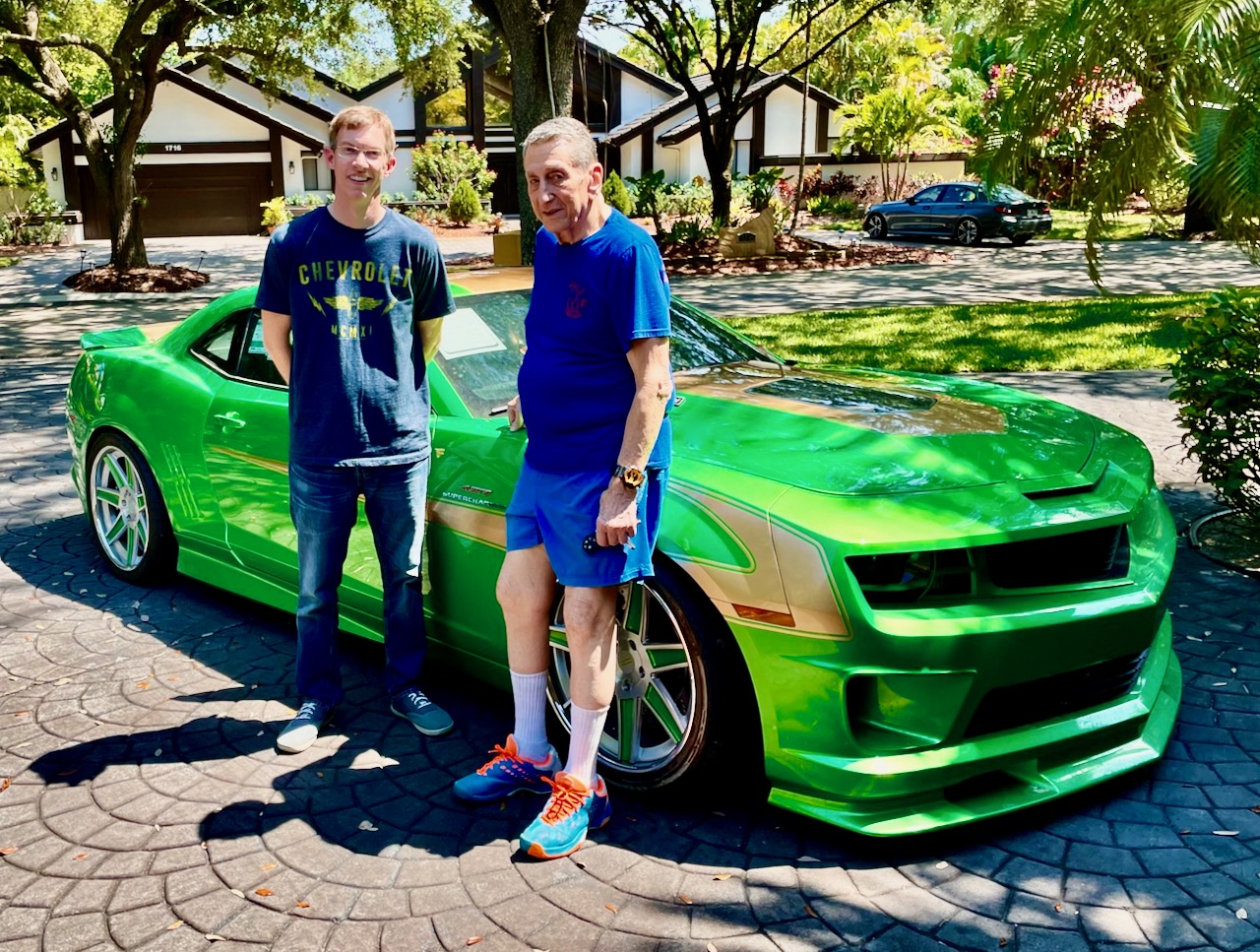 In 2021, JOEL ROSEN, AKA MR. MOTION made a decision to retire, selling his Phase III 427-SC Camaro to Chevrolet performance enthusiast, Kasey Alford. Alford also purchased all of Rosen’s archived Motion and Baldwin-Motion paperwork and is now the source for documenting high-performance cars built at Motion Performance. He is the new Mr. Motion and can be contacted at officialmotionperformance@gmail.com
In 2021, JOEL ROSEN, AKA MR. MOTION made a decision to retire, selling his Phase III 427-SC Camaro to Chevrolet performance enthusiast, Kasey Alford. Alford also purchased all of Rosen’s archived Motion and Baldwin-Motion paperwork and is now the source for documenting high-performance cars built at Motion Performance. He is the new Mr. Motion and can be contacted at officialmotionperformance@gmail.com
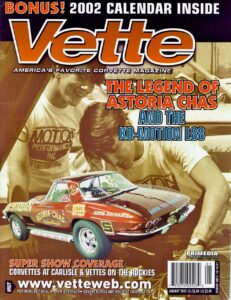
Joel Rosen was a loving husband, father and grandfather and is survived by Judith, his spouse of 62 years, daughter Robin Sue Rosen, son Shawn Rosen, daughter-in law, Robin Rosen, and grandchildren Zachary, Travis and Bailey Rosen. His favorite pets – Ragnar (dog) and Archie (Kinkajou) also survive him. RIP Mr. Motion!
